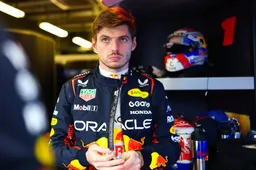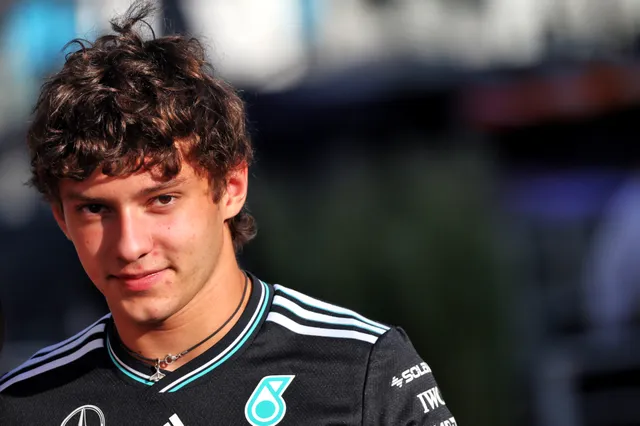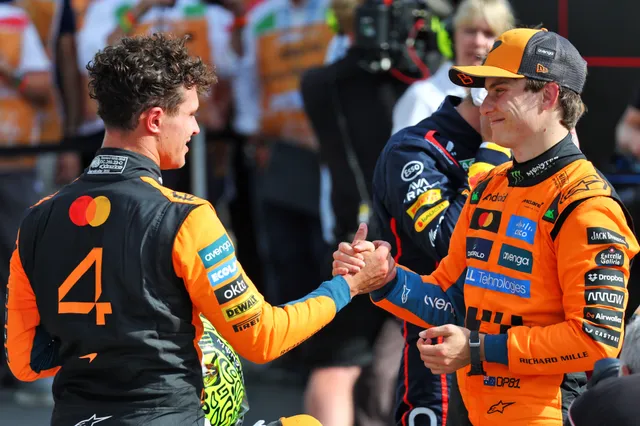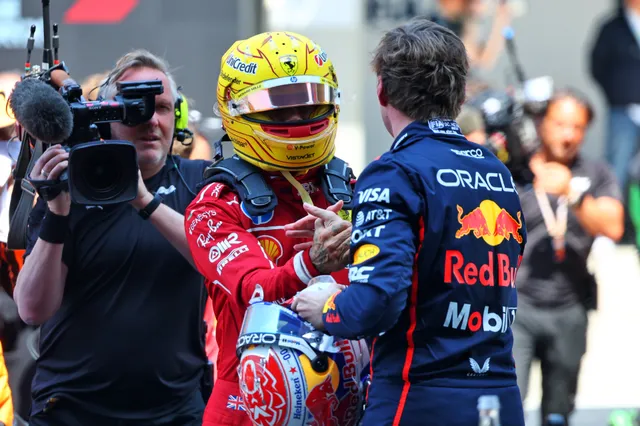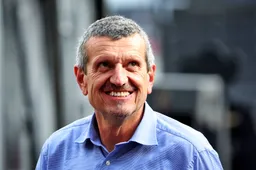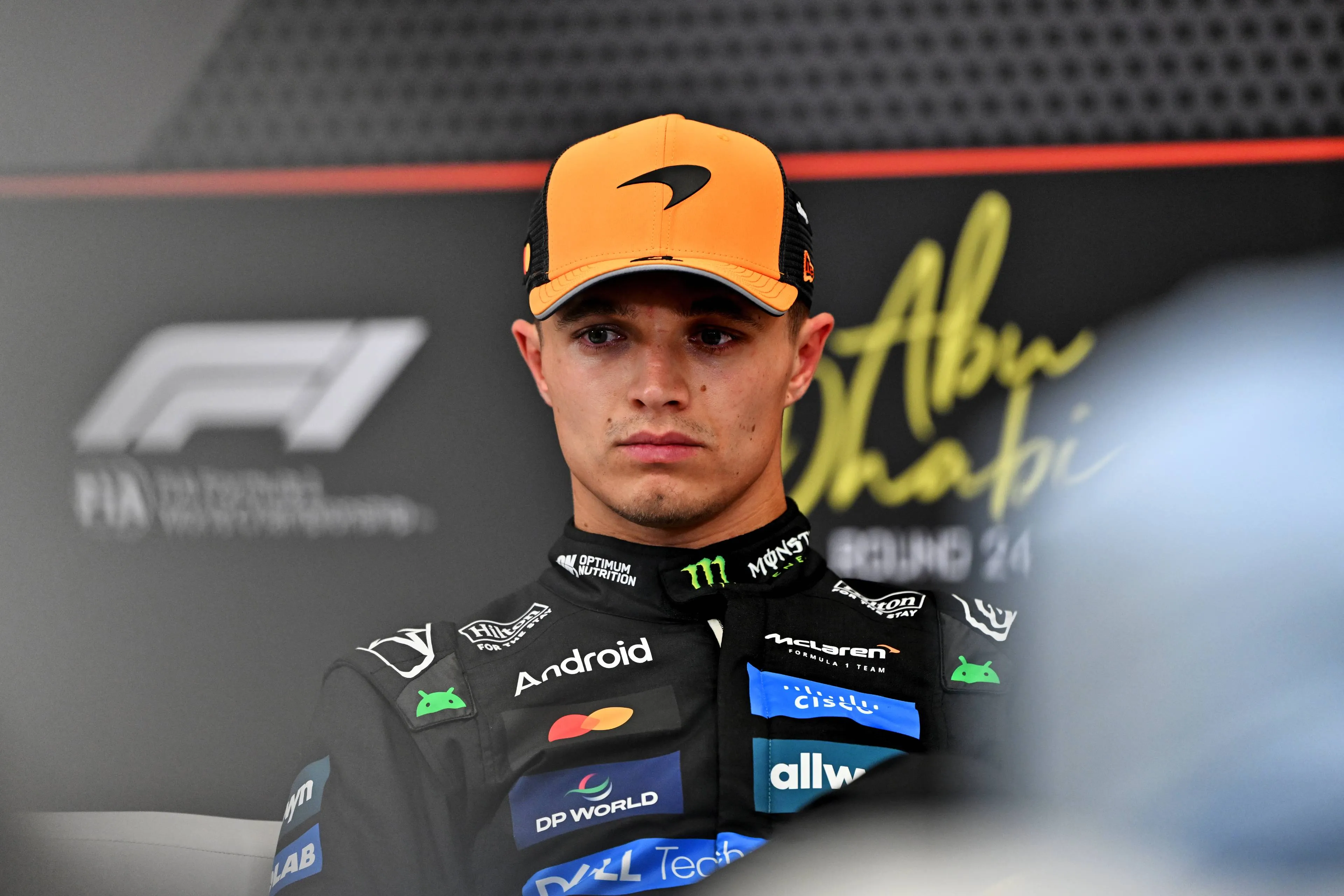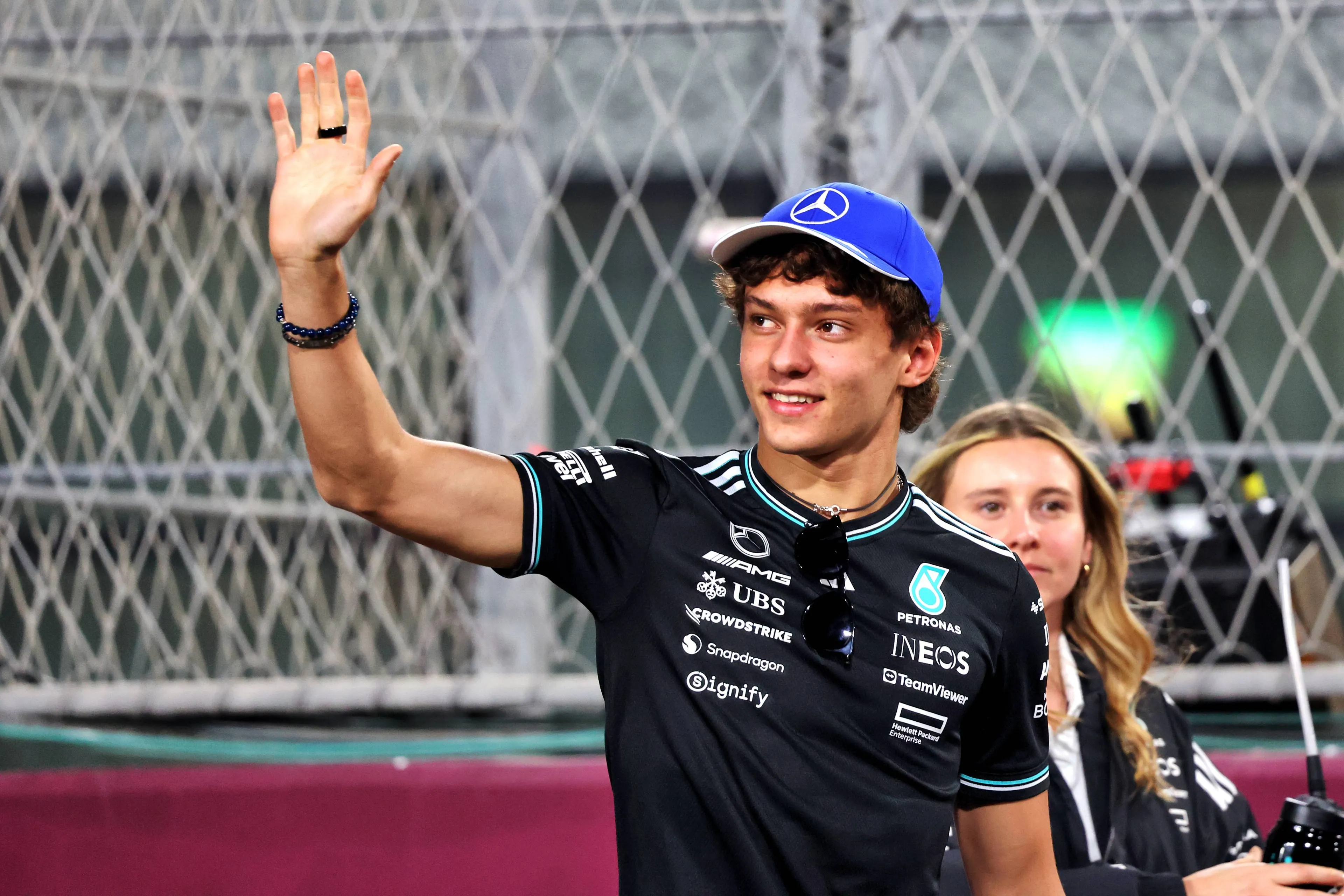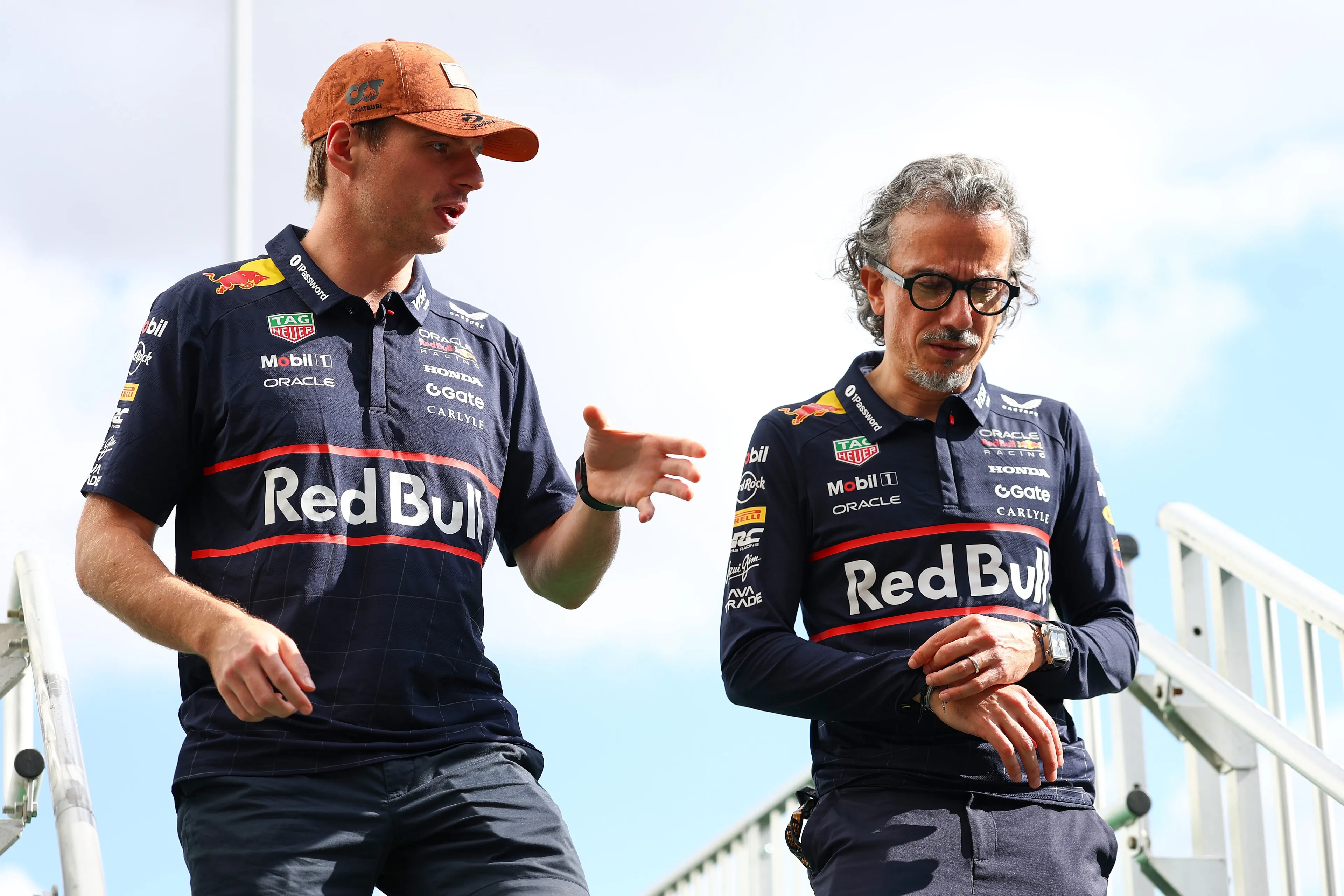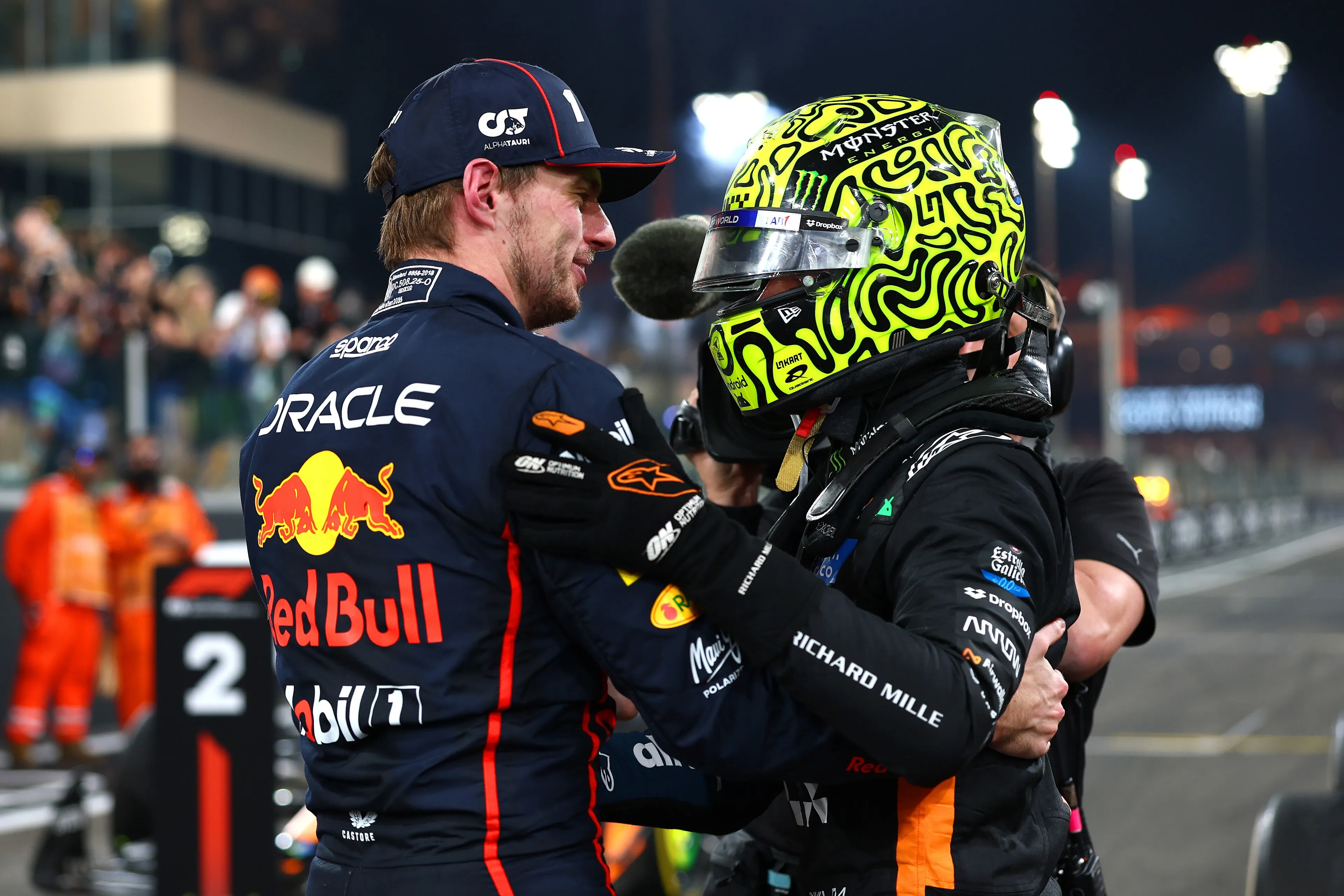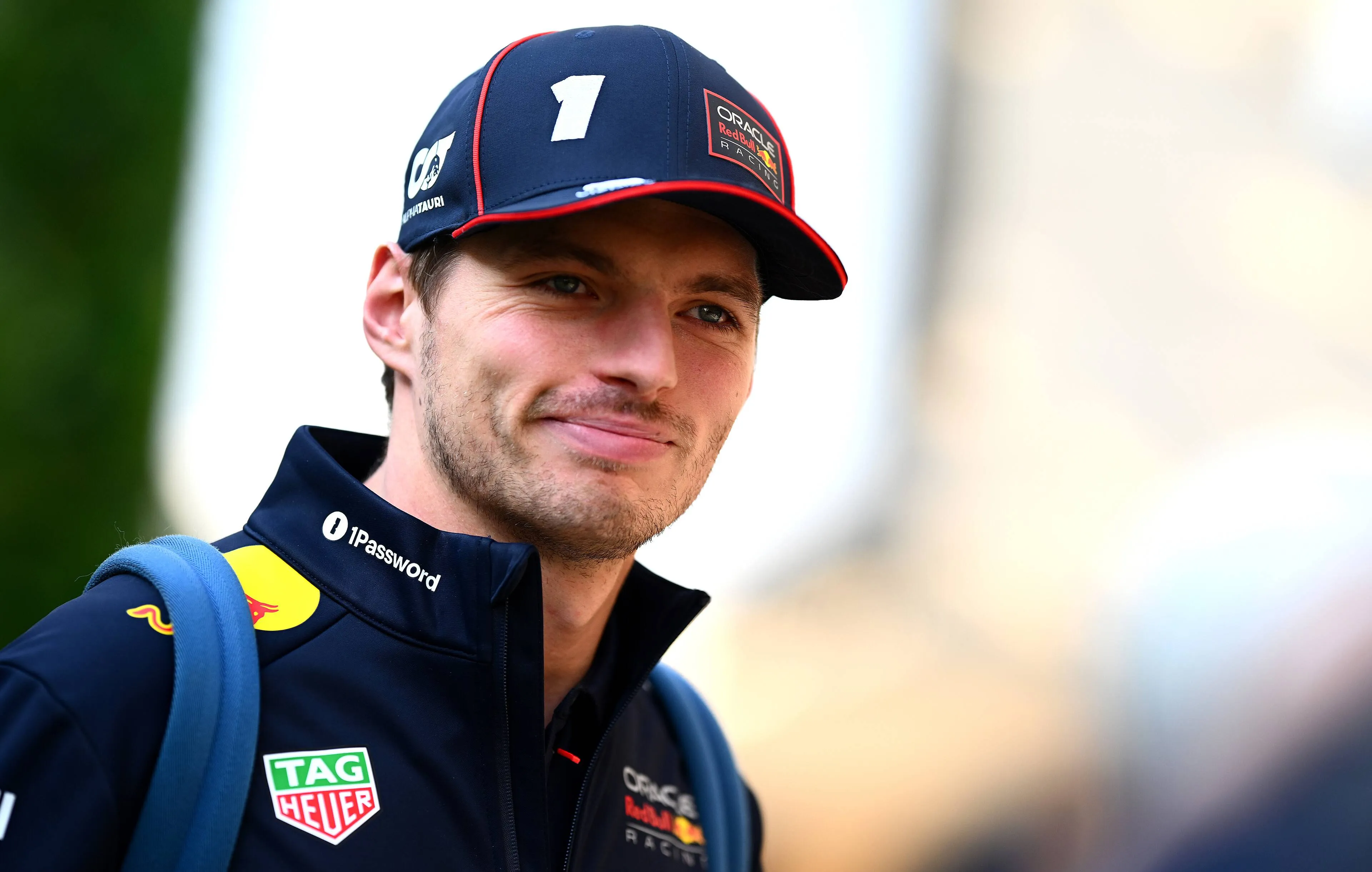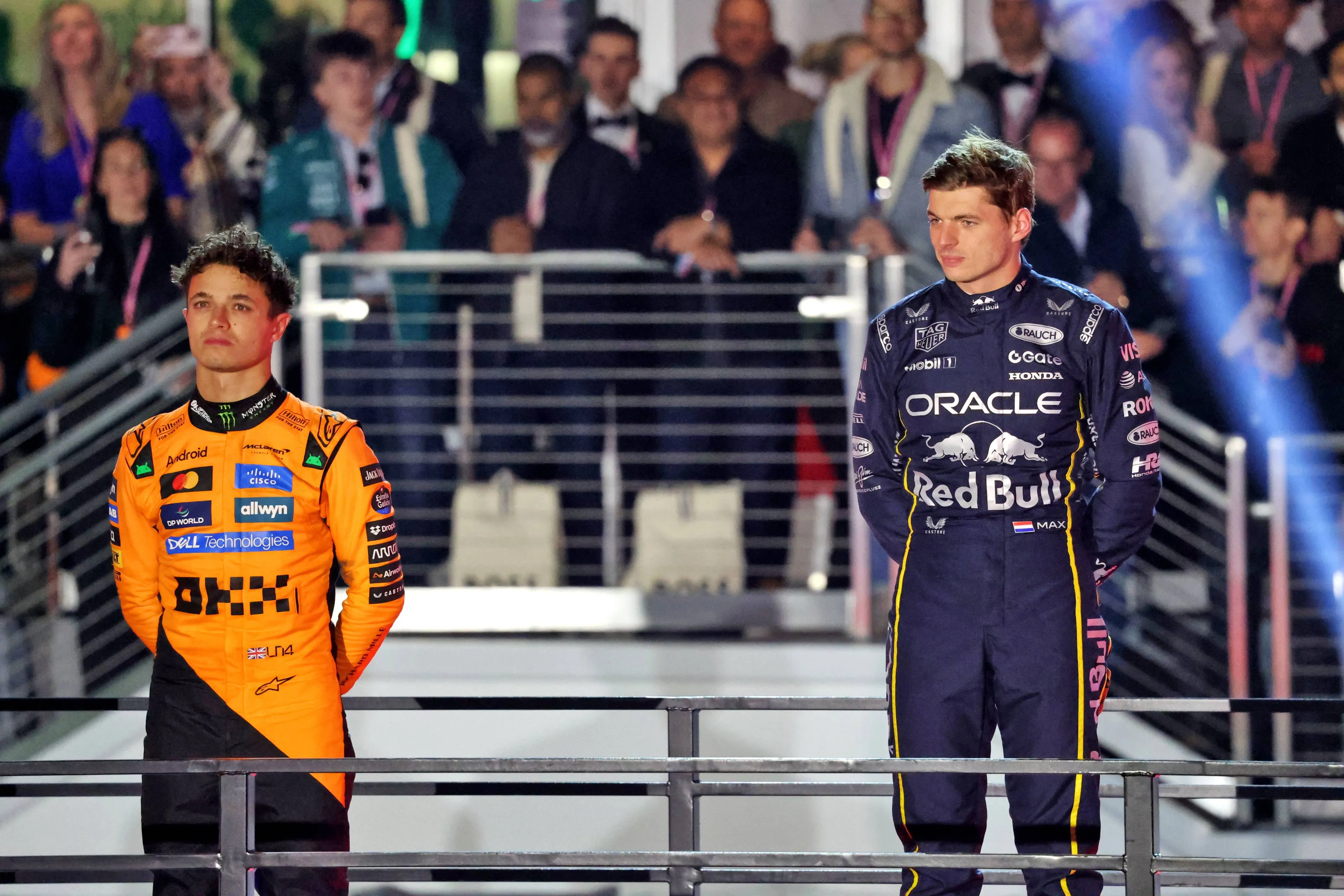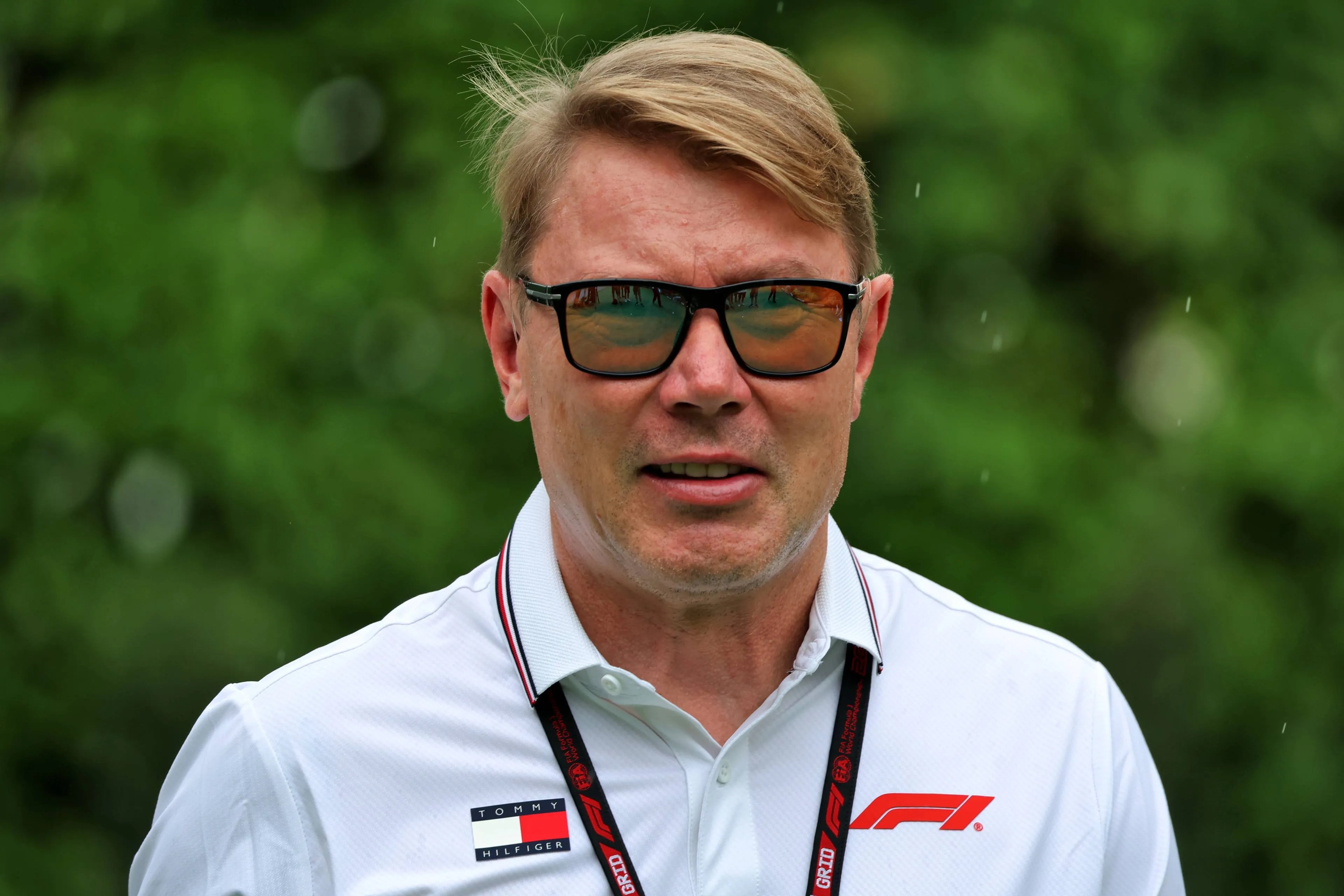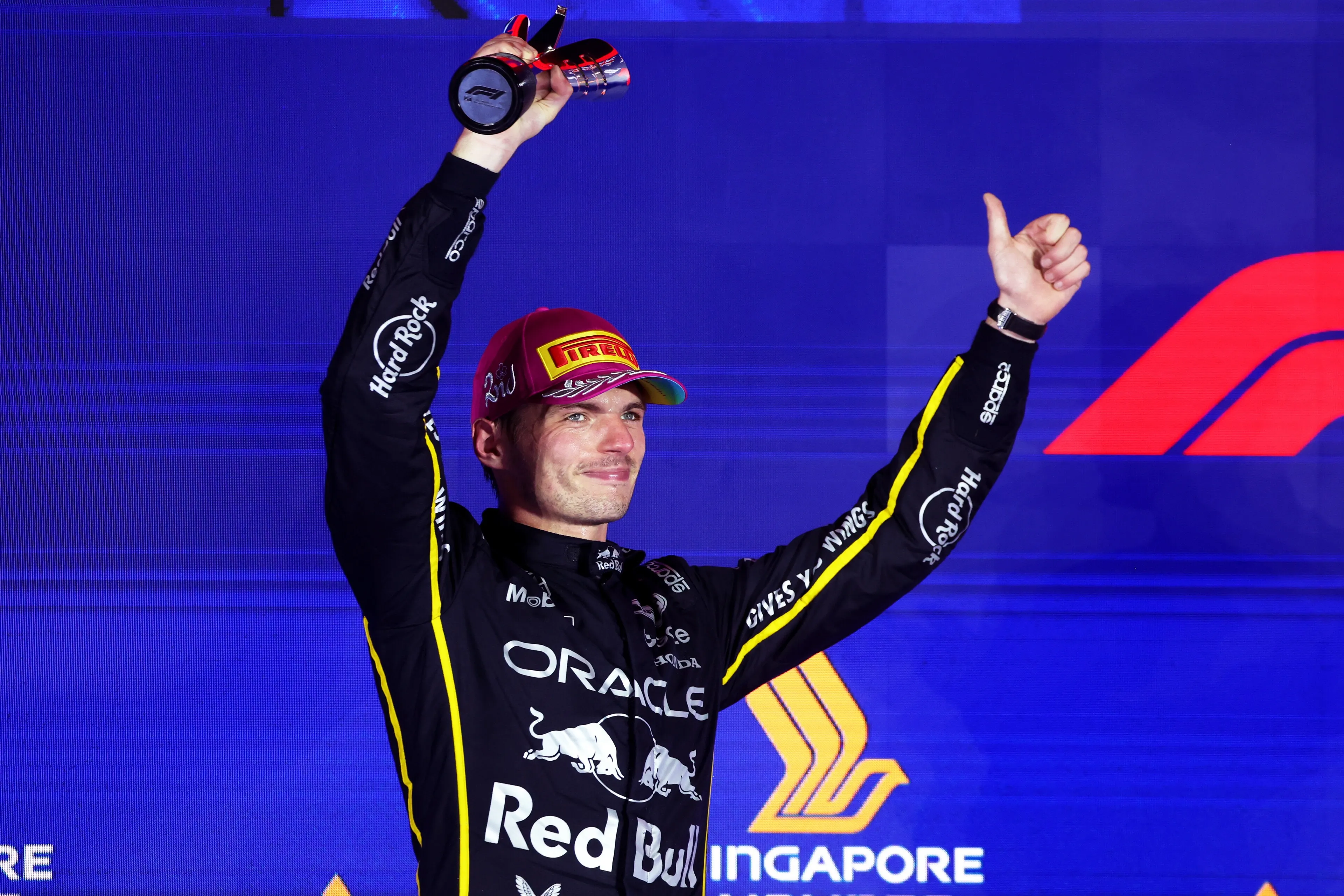
How Ferrari’s struggles pushed Hamilton to F1’s unwanted record books
When news broke that Lewis Hamilton would be joining Scuderia Ferrari, it sent ripples far beyond the world of motorsport. The thought of a seven-time world champion – the most decorated driver in Formula 1 history – partnering with the sport’s most iconic team wasn’t just headline news; it was a cultural moment, igniting excitement that transcended racing circles.
It felt like destiny. “The chance to fulfil another childhood dream,” Hamilton said in an interview – himself in Ferrari red – a dream pairing, a match seemingly made for history.
Yet beneath the euphoria lay risk. For Hamilton, this was more than a team switch; it was a cultural leap. Trading the familiar efficiency of Mercedes for the passion and pressure of Ferrari was bold, demanding adaptation on every level.
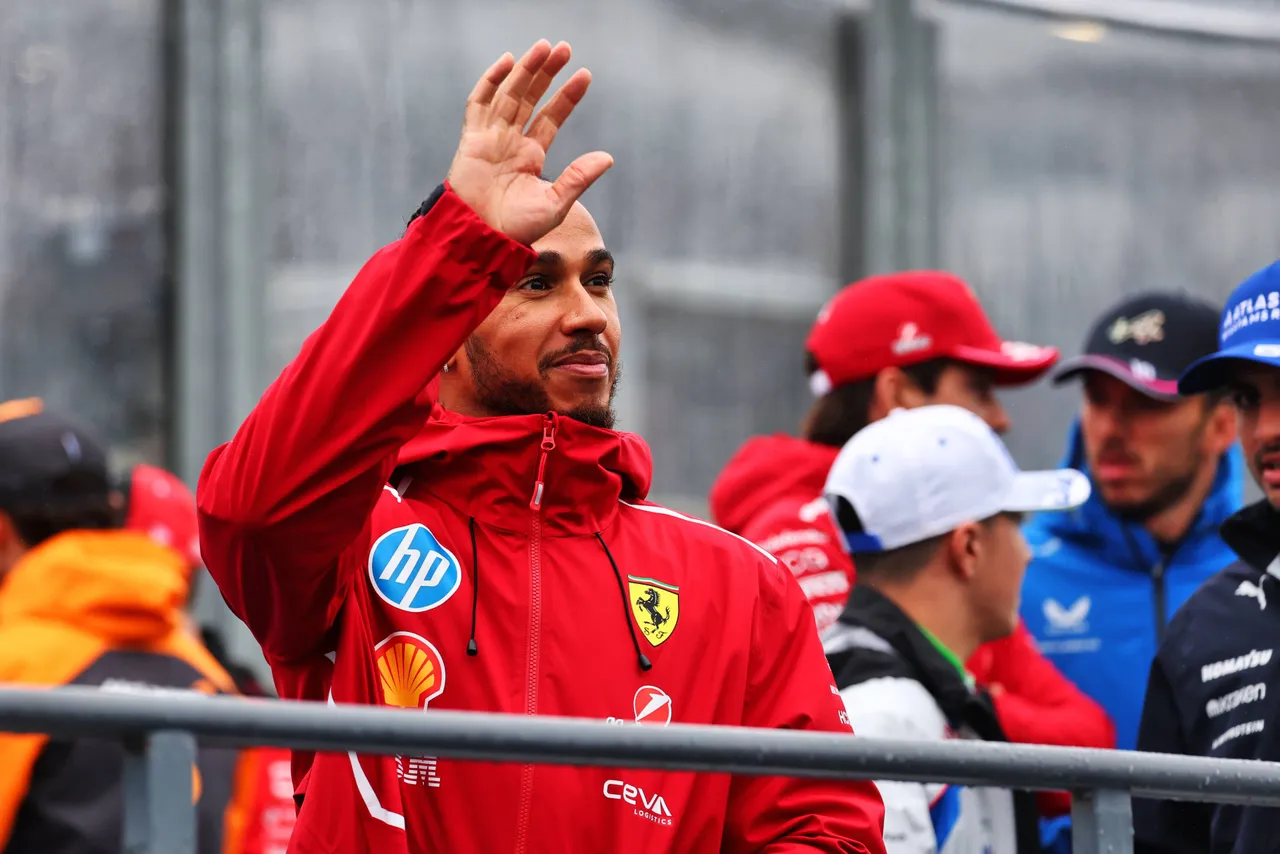
As fate would have it, the fairytale quickly met reality, bringing challenges that tested even a seven-time world champion. From the season opener in Melbourne to the Autodromo Hermanos Rodriguez in Mexico City, Hamilton’s debut campaign with Ferrari has been a bruising reality check.
By Round 20 in Mexico, the Briton entered an unenviable chapter of F1 history: the record for the most races without a podium finish for Ferrari – a record previously held by Didier Pironi, whose own career had been marked by misfortune and controversy.
So how did a partnership once hailed as a dream alliance unravel into a story of struggle and frustration for one of Formula 1’s greatest drivers?
From dream to doubts – Australia to China
Hamilton’s Ferrari stint began with a quiet warning. An eighth-place qualifying and tenth-place finish in Melbourne hinted at early teething issues. Fans blamed Ferrari’s pit wall for strategy gambles during the wet race at Albert Park, but no one could have predicted what lay ahead.
A brief upswing arrived in China. Hamilton stormed to Sprint pole and controlled the race to claim Ferrari’s first Sprint victory of the season. Yet euphoria was short-lived. A technical infringement – rear skid blocks below the minimum thickness – led to disqualification for both Hamilton and teammate Charles Leclerc. That moment marked the start of Ferrari’s operational woes in 2025 and Hamilton’s downward spiral.
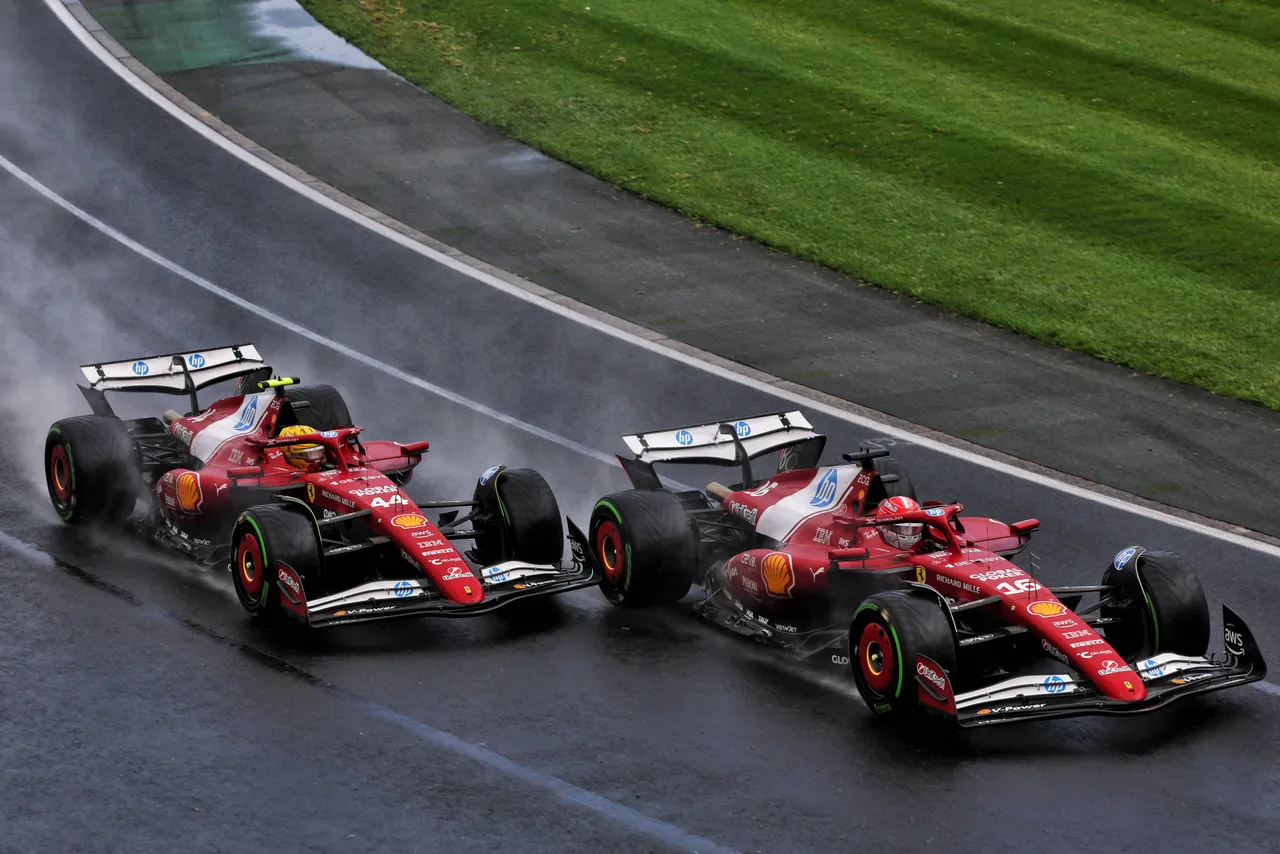
A season unravels – From Japan to Spain
Suzuka marked the moment Hamilton’s Ferrari fairytale began to unravel. Qualifying seventh, he finished seventh, unable to extract more from a car that seemed unsettled and unpredictable.
There were glimpses of recovery: a fifth-place finish in Bahrain, seventh in Jeddah. But Leclerc consistently outperformed him, snatching podiums as Hamilton struggled.
Miami offered brief hope. A spirited Sprint podium hinted at potential, but Hamilton qualified 12th for the Grand Prix and only climbed to eighth.
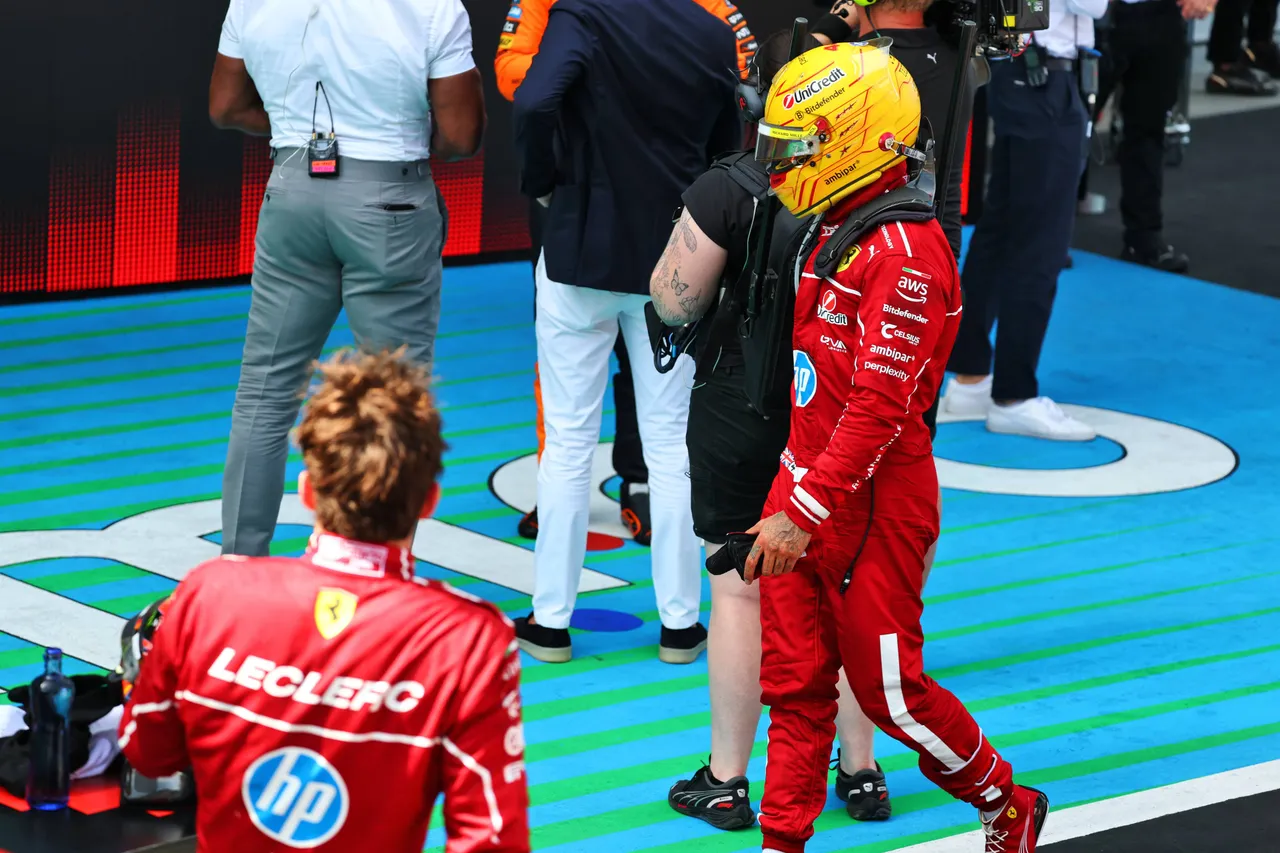
The Emilia Romagna Grand Prix delivered a fourth-place finish, his best yet, but momentum soon evaporated. Monaco was forgettable: starting fourth, finishing fifth in a processional race. Spain offered another setback – qualifying fifth and finishing sixth, Hamilton was beaten by Leclerc, who started behind him and reached the podium, compounded by a late pass from Nico Hulkenberg for fifth.
From a spark to a struggle – Montreal to Silverstone
Canada brought bizarre misfortune: a collision with a stray groundhog damaged Hamilton’s car floor, leaving him sixth. Austria provided a glimmer of hope with a floor upgrade – Hamilton fourth, Leclerc third.
At Silverstone, Hamilton thrilled the home fans but narrowly missed a podium, denied again by Hulkenberg in a chaotic, rain-affected race.
The slide into despair – Spa to Mexico
Belgium was catastrophic: a double Q1 elimination set the tone, and Hamilton salvaged only seventh in the race. Budapest tested his patience further—after a Q2 exit while Leclerc took pole, Hamilton called himself “useless.”
Zandvoort offered no reset. A crash on lap 23 marked his first DNF with Ferrari, a symbolic turning point in a season slipping away. Back in front of the tifosi at Monza, sixth place underscored how far Ferrari had fallen. Azerbaijan and Singapore brought repeats of missed opportunities.

At the United States Grand Prix, Hamilton showed flashes of pace but only managed fourth. In Mexico, despite his best qualifying yet (third), a 10-second penalty for leaving the track during a tussle with Max Verstappen turned promise into disappointment.
How it went wrong for Ferrari
Ferrari’s 2025 campaign has been defined by inconsistency. The SF-25, an evolution of the SF-24, has proven difficult to tame. Long stints exposed tyre wear and aerodynamic inefficiencies, forcing the team into lifting-and-coasting strategies.
Hamilton has also struggled to adjust his driving style. At the Canadian GP, he adopted a more oversteer-biased setup to compensate for the SF-25’s understeer tendencies.
Beyond technical adjustments, the cultural shift from Mercedes to Ferrari has been steep. After over a decade in a familiar team, Hamilton entered an environment with a vastly different operational rhythm. Frustration has been evident.
Reports suggest Hamilton has repeatedly written to Ferrari’s top management, outlining ways to improve race execution and operations, with similar reports resurfacing ahead of the United States Grand Prix. Internal instability – leadership uncertainty, strategic miscommunications, and key personnel departures – has compounded the team’s struggles.
A story still unwritten
Hamilton’s unwanted record mirrors Ferrari’s broader struggles. Since the start of the turbo-hybrid era in 2014, Ferrari has managed just 26 race victories. In that same span, Hamilton alone has 82 wins, while Max Verstappen has 68.
Ferrari remains trapped in a cycle of brilliance and blunders – moments of promise undone by operational missteps. The question now: how soon will Hamilton secure his first podium in red, and could that breakthrough reignite his pursuit of an eighth world championship?
Catch GPblog paddock update here!
Never miss a moment of the action from the Formula 1 circle. Enjoy all the news, scoops and analysis as it unfolds on our paddock update.
Follow our channels on YouTube and Spotify to get all the latest happenings across the F1 scene.
Catch the latest episode of our paddock update here👇
Read also
Popular on GPBlog

Verstappen makes the switch to Mercedes and flies to Portugal

Button's 'wish' comes true! Alonso will become father in 2026

Hill: 'Hamilton on his way out, Verstappen is now the F1 grid's target'
